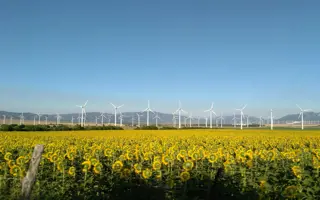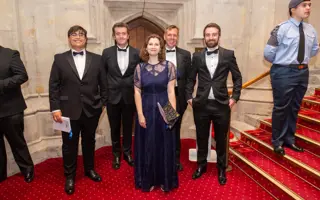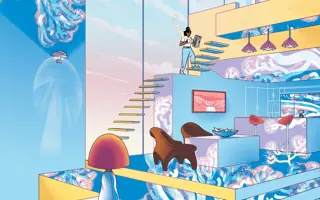Why does that happen - Liquefaction
Recent news coverage from the tragic earthquakes in New Zealand and Japan graphically showed damage caused by liquefaction as water spurted from the ground, sand boils appeared like mini-volcanoes and the ground turned to soup under the strong shaking motion. What is liquefaction and how can engineers avoid its dangers?
In saturated sandy ground all the voids between the solid soil grains are full of water. If the ground is shaken, then where the solid grains are loosely packed, they will try to compact (like trying to shake down sugar in a container!). The same phenomenon happens if the ground is saturated – but before the soil can compact the water needs to be expelled, flowing upwards to relieve the pressure.
If the water pressure is high enough, the soil above becomes fluidised. Water is ejected in small fountains, and the surface becomes like quicksand, allowing heavy objects like buildings or cars simply to sink in. As the water drains away, the pressure eases and the ground solidifies, re-establishing its strength and stiffness.
Liquefaction can happen anywhere in the world where the conditions are right. In particularly susceptible areas, such as reclaimed land, engineers can seek to minimise structural damage in the event of an earthquake by compacting the ground or installing special vertical drains to vent the excess water pressure.
Keep up-to-date with Ingenia for free
SubscribeOther content from Ingenia
Quick read

- Environment & sustainability
- Opinion
A young engineer’s perspective on the good, the bad and the ugly of COP27

- Environment & sustainability
- Issue 95
How do we pay for net zero technologies?
Quick read

- Transport
- Mechanical
- How I got here
Electrifying trains and STEMAZING outreach

- Civil & structural
- Environment & sustainability
- Issue 95